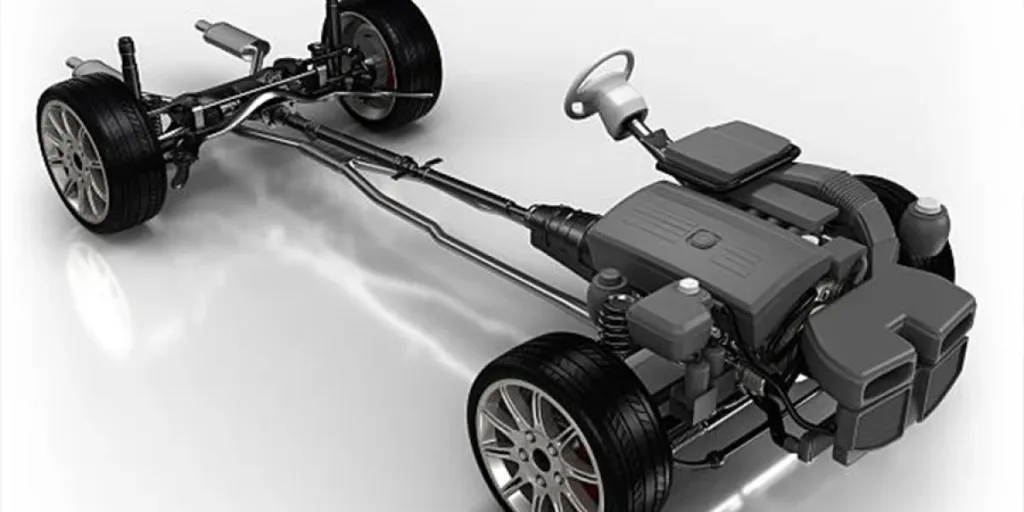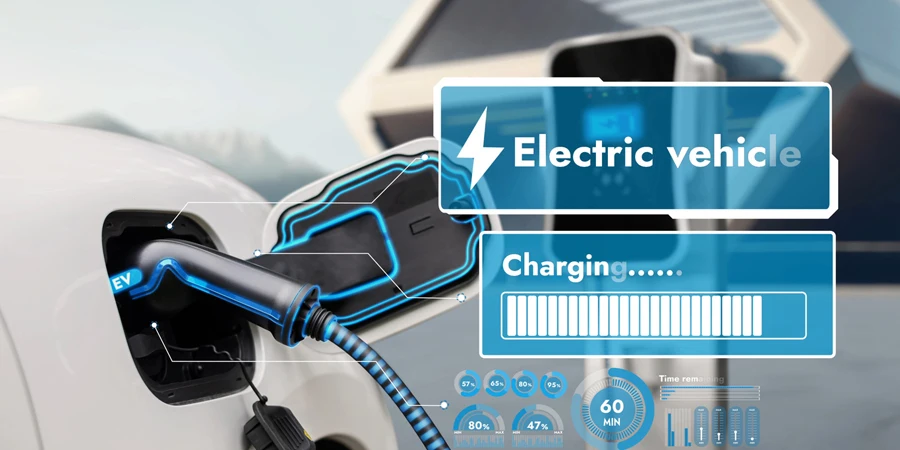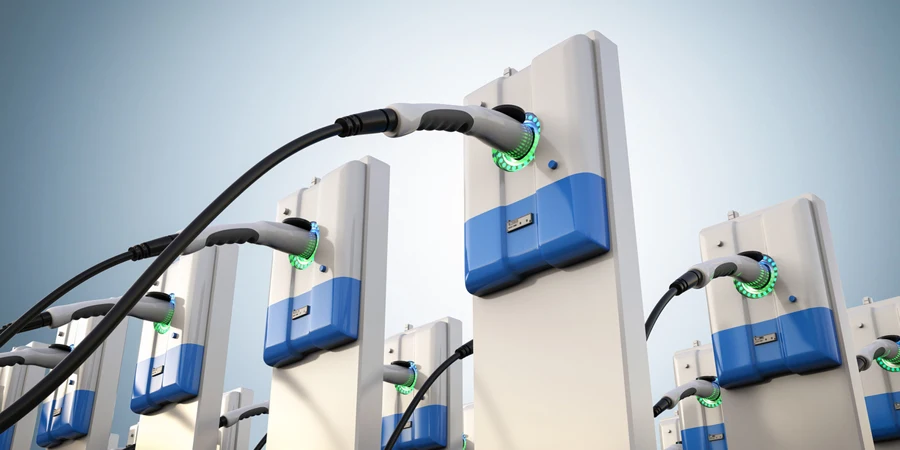Vehicle diagnostic tools are beneficial in more than one way when it comes to automotive diagnostics in car repair shops and garages. Firstly, they can quickly help buyers detect any kind of fault a car may have, which may take much more time with traditional inspection methods. Secondly, these tools can work on different makes of cars.
There are so many of these vehicle diagnostic tools in the auto diagnostics market right now and choosing the right one may be a bit of a headache.
What we are going to look at in this article are the different types of vehicle diagnostic tools available in the market and the criteria used to determine whether a vehicle diagnostic tool is the right one for your needs or not. Additionally, we will talk about the demand, market share, and expected growth rate of automotive diagnostic tools in the next five years.
Table of Contents
Overview of the automotive diagnostic tools market
Types of vehicle diagnostic tools
How to choose the right vehicle diagnostic tools
Conclusion
Overview of the automotive diagnostic tools market
The demand for automotive diagnostic tools has increased considerably. Advanced technology and urbanization have played a major role in international market expansion. The major players, such as Continental AG, Horiba Ltd, and BMW AG, have increased their research and development, thus meeting the market demand and increasing the market rate.
A study by Precedence Research reported an estimate of the diagnostic tools market size at USD 36.2 billion in 2021. It will grow at a compound annual growth rate (CAGR) of 7.22% to hit USD 67.8 billion by 2030.
The Asia Pacific region had the highest market share of automotive diagnostic tools, with an estimated value of USD 16.8 billion in 2021. The European market recorded the highest growth in this sector, with a 28.9% revenue share in 2021.
By product type, diagnostic hardware had the largest market share in 2020 compared to diagnostic software. This followed a directive to implement diagnostic hardware on all vehicles in the USA and Europe. Also, passenger cars registered the largest share as opposed to commercial vehicles, according to Fortune Business Insights.
Types of vehicle diagnostic tools
1. Code readers
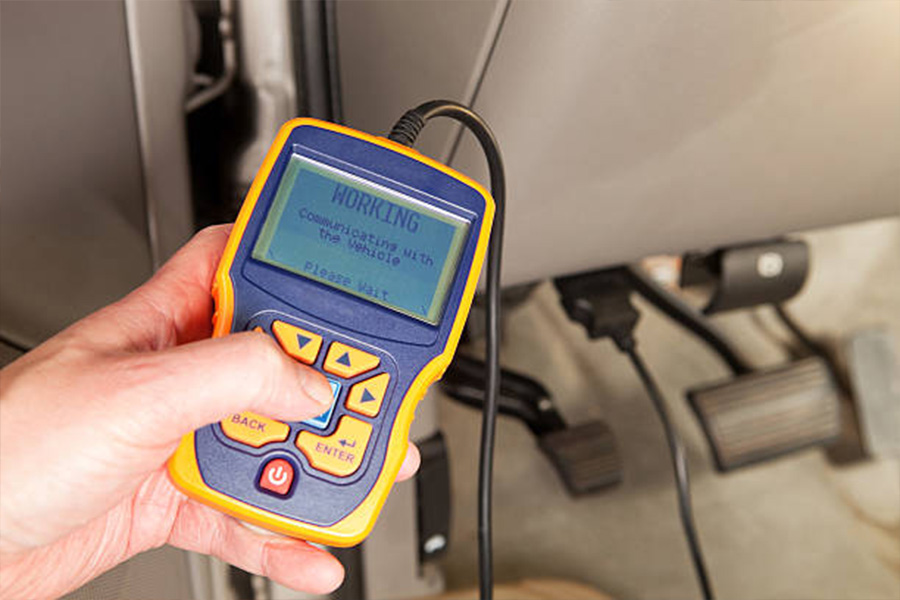
A code reader is a tool that performs scans of trouble codes. It reads the memory errors recorded by vehicle systems. This provides the user with onboard diagnostics (OBD-2) generic information. It quickly reads and clears diagnostic trouble codes (DTCs) while defining the code.
A commercially available code reader was first used in 1989. Over the years, the automotive industry has standardized code reader technology to improve efficiency.
Pros:
- It checks for the severity of vehicle problems.
- It is portable as it is fairly small.
- It saves money due to instant diagnosis.
- It is compatible with various vehicles.
Cons:
- It has limited diagnostic capabilities.
- It may be incompatible with modern vehicles.
- There are safety risks due to basic diagnostic functions.
2. OBD-II generic and enhanced scan tools
OBD-2 generic scan tools are wired to provide information on a vehicle that is only emissions-based. The information is limited to the power-train control module or engine data.
Enhanced scan tools provide additional information concerning the vehicle computer modules. Users can get more information on anti-lock braking systems, transmission, supplemental restraint systems, heating, ventilation, and air conditioning. Some enhanced scan tools also carry out the J2534 reflashing, which involves reprogramming a vehicle’s computer in case the existing files are defective.
Pros:
- They have control access regardless of vehicle model or make.
- They offer ease of fault monitoring and process maintenance.
- They increase uptime and reduce comebacks simultaneously on vehicle faults.
- They have expanded repair capabilities.
Cons:
- The cost adds up as the capability increases.
- They may provide untimely diagnostics, as they perform multiple functions.
3. Heavy-duty scan tools
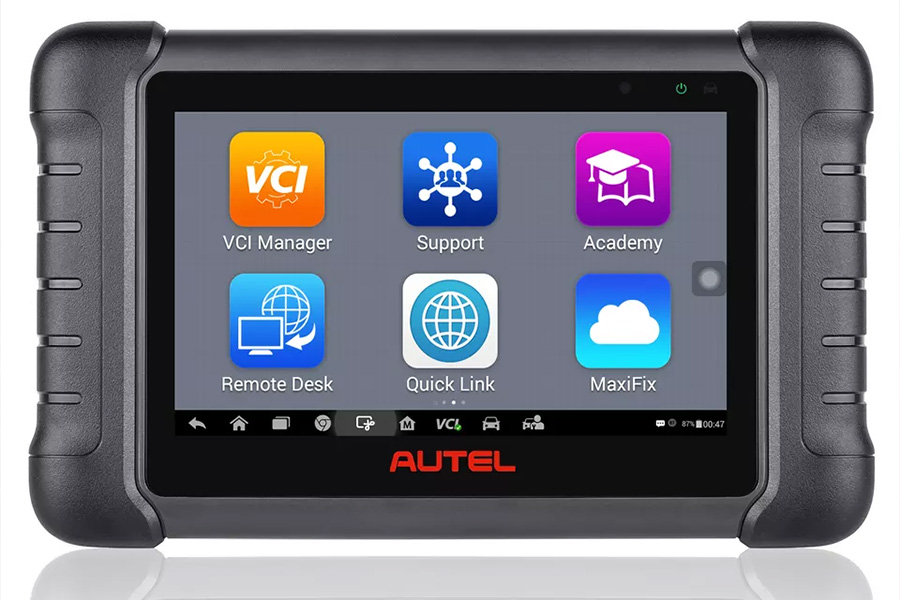
Heavy-duty scan tools are used in the diagnostics of heavy-duty vehicles, which use completely different protocols and languages. They cover different vehicle systems that light automotive scan tools do not, ranging from the transmission to the chassis, brake systems, and engine.
There are medium-duty vehicles that employ both the OBD-2 and heavy-duty protocols. These vehicles are in Classes 4 to 6. Professionals in charge of repairing these classes should be able to use both the OBD-2 and heavy-duty tools without confusion.
Pros:
- They perform functions at high speed.
- They detect a broader range of faults on a vehicle.
- They are designed for high-quality and accurate troubleshooting.
- They make all complex repairs look simple.
Cons:
- They may be costly due to the integrated technology.
- They are less flexible as they are used on specific vehicles.
How to choose the right vehicle diagnostic tools
These are key tips you must check when buying any vehicle diagnostic tools.
1. Ease of use
Automotive diagnostic tools have various ways of relaying instructions to detect problems, troubleshoot, and fix them. Also, some have colored screens while others have black and white screens. A buyer must purchase a diagnostic tool with the touchscreen functionality, preferred language, and color for easy understanding and use.
2. Database
The database at a buyer’s disposal should have a wide range of options to facilitate efficiency in diagnosis. A tool with a larger database ensures multitasking ease in determining faults, saving time and reducing costs. A larger database involves a code description, code clearance, and vehicle data, like oxygen sensor voltage, engine speed, and more.
3. Price
Different diagnostic tools have different prices according to the features that each offers. In general, the higher the number of diagnostic features, the higher the tool’s price.
A code reader with the basic functionality of reading and clearing codes is cheaper than an upgraded one that gives definitions of OBD-2 generic codes. As such, buyers should consider purchasing diagnostic tools that meet their needs at an affordable price.
4. Capabilities
This involves basic scanners and professional scanners. Most basic scanners read a limited range of diagnostic trouble codes. On the other hand, advanced or professional scanners can detect more deviations in vehicle data like freeze frames and pending and permanent codes while offering more options to fix them. Buyers should consider scanners that offer a wide range of features for diagnosis.
Conclusion
Every business buyer wants the perfect auto diagnostic tools for the vehicles they work on. The above guide clearly shows that every purchase should be well thought through. Buyers should find a scan tool that can perform various functions as it fixes a vehicle’s faults. An affordable tool that features numerous functionalities can be purchased on Alibaba.com.


